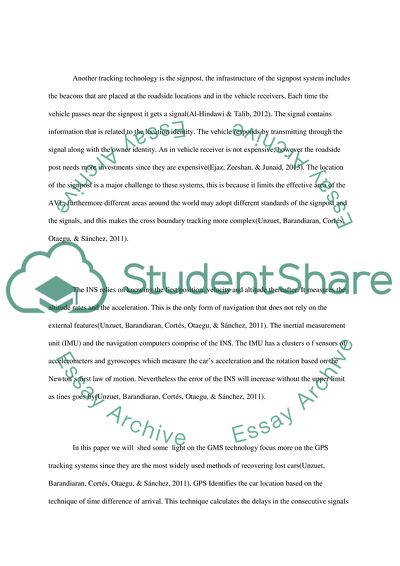Cite this document
(“Development, Applications, and Future Trends of Telematics Systems Assignment”, n.d.)
Development, Applications, and Future Trends of Telematics Systems Assignment. Retrieved from https://studentshare.org/information-technology/1822460-development-applications-and-future-trends-of-telematics-systems
Development, Applications, and Future Trends of Telematics Systems Assignment. Retrieved from https://studentshare.org/information-technology/1822460-development-applications-and-future-trends-of-telematics-systems
(Development, Applications, and Future Trends of Telematics Systems Assignment)
Development, Applications, and Future Trends of Telematics Systems Assignment. https://studentshare.org/information-technology/1822460-development-applications-and-future-trends-of-telematics-systems.
Development, Applications, and Future Trends of Telematics Systems Assignment. https://studentshare.org/information-technology/1822460-development-applications-and-future-trends-of-telematics-systems.
“Development, Applications, and Future Trends of Telematics Systems Assignment”, n.d. https://studentshare.org/information-technology/1822460-development-applications-and-future-trends-of-telematics-systems.


